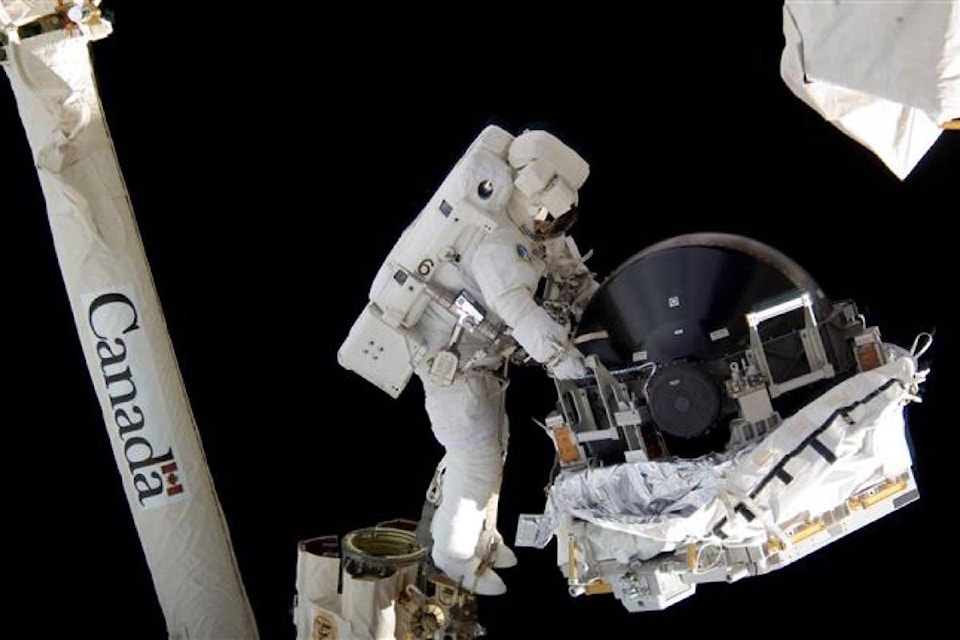Several teachers from across the Qualicum School District (SD69) are collaborating to provide students from Grade 5-12 with a science education that will be out of this world.
The American-based Student Spaceflight Experiments Program (SSEP) has invited SD69 to develop science experiments and will selection one to travel to the International Space Station (ISS).
Participating students will learn about forces, motion and gravity in their science classes, then break into teams to design experiments and write research proposals for the microgravity environment of space.
A review committee, made up of local engineers, scientists, SD69 administration and teachers will vet the proposals and submit three student-designed experiments to the SSEP National Step 2 Review Board. Of the submissions, one experiment will be chosen and then conducted by astronauts on the ISS during a spring/summer 2019 spaceflight.
“This will be an incredible real-world experience,” said Rollie Koop, SD69 superintendent. “Students will experience what it’s like to be a scientist. They’ll learn the scientific process and how to design experiments. It’s not every day we get this kind of opportunity, and we are incredibly grateful to the Vancouver Foundation and Magellan Aerospace for providing over $18,000 in funding.”
Carl Savage, SD69 science teacher and SSEP community program director, added “an educational experience like this inspires curiosity and can shape careers.”
“Participating in an International Space Station experiment demonstrates to students how their learning applies to the real world,” Savage said. “Gravity effects everything and our experiment, which goes into space, could potentially have an impact on technology, medicine, space design, and other areas of applied science.”
Two SD69-designed space patches will accompany the experiment to the International Space Station. Typically emblems representing the mission are worn on the flight suits of astronauts and a different patch is created for each mission.
— NEWS Staff
